A team of researchers demonstrate how quantum computing can be integrated into the study of living organisms.
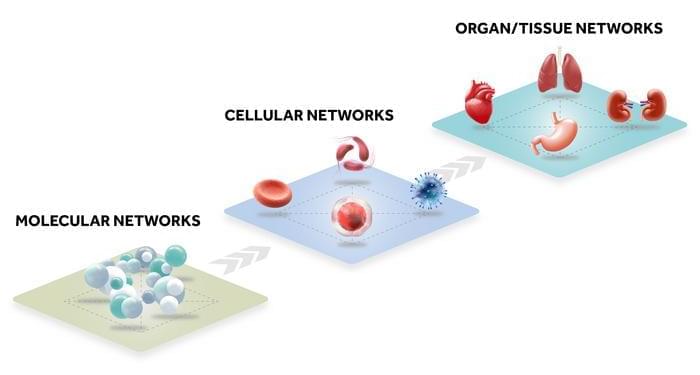

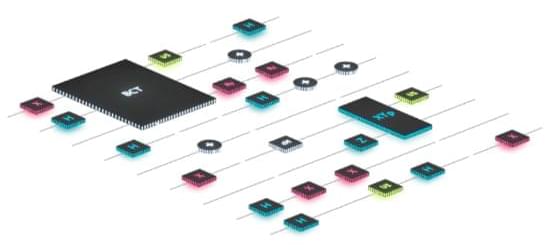
In the world of quantum computing, the spotlight often lands on the hardware: qubits, superconducting circuits, and the like. But it’s time to shift our focus to the unsung hero of this tale – the quantum software, the silent maestro orchestrating the symphony of qubits. From turning abstract quantum algorithms into executable code to optimizing circuit designs, quantum software plays a pivotal role.
Here, we’ll explore the foundations of quantum programming, draw comparisons to classical computing, delve into the role of quantum languages, and forecast the transformational impact of this nascent technology. Welcome to a beginner’s guide to quantum software – a journey to the heart of quantum computing.
Quantum vs. Classical Programming: The Core Differences.

How can back-to-back atmospheric rivers impact the economy? This is what a recent study published in Science Advances hopes to address as a team of researchers led by Stanford University investigates the economic toll of back-to-back atmospheric rivers compared to single events. This study holds the potential to help scientists, the public, and city planners better prepare for atmospheric rivers, as they can cause widespread flooding in short periods of time.
For the study, the researchers analyzed data from the Modern-Era Retrospective Analysis for Research and Applications, version 2, (MERRA-2) between 1981 and 2021 and computer algorithms to ascertain the economic impact of atmospheric rivers throughout California. The goal was to ascertain how much worse back-to-back atmospheric rivers were compared to single events. The study’s findings discovered that back-to-back atmospheric rivers caused three times greater economic damage than single events, which is also higher when the first atmospheric river exhibits greater strength.
“Our work really shows that we need to consider the likelihood for multiple, back-to-back events for predicting damages, because damage from multiple events could be far worse than from one event alone,” said Dr. Katy Serafin, who is a coastal scientists and assistant professor in the Department of Geography at the University of Florida and a co-author on the study.

We are witnessing a professional revolution where the boundaries between man and machine slowly fade away, giving rise to innovative collaboration.
Photo by Mateusz Kitka (Pexels)
As Artificial Intelligence (AI) continues to advance by leaps and bounds, it’s impossible to overlook the profound transformations that this technological revolution is imprinting on the professions of the future. A paradigm shift is underway, redefining not only the nature of work but also how we conceptualize collaboration between humans and machines.
As creator of the ETER9 Project (2), I perceive AI not only as a disruptive force but also as a powerful tool to shape a more efficient, innovative, and inclusive future. As we move forward in this new world, it’s crucial for each of us to contribute to building a professional environment that celebrates the interplay between humanity and technology, where the potential of AI is realized for the benefit of all.
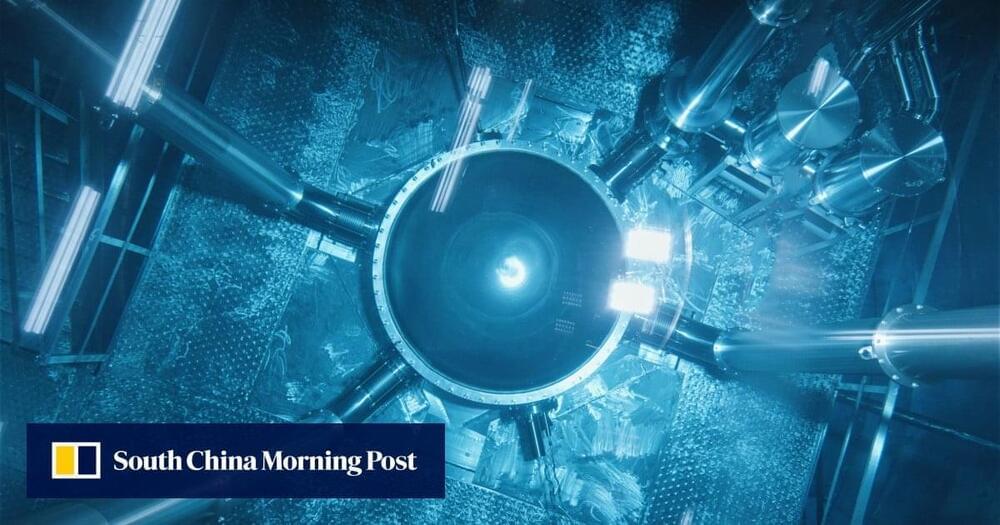
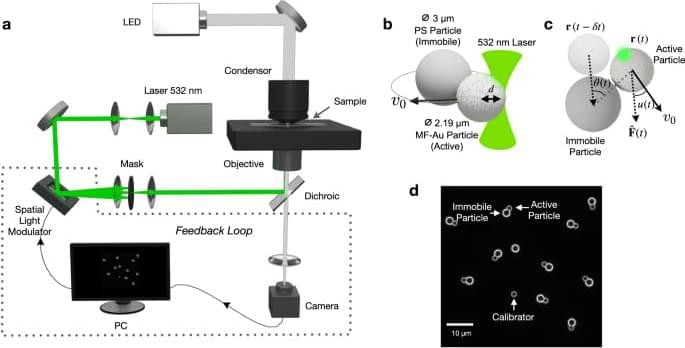
The ability of living systems to process signals and information is of vital importance. Inspired by nature, Wang and Cichos show an experimental realization of a physical reservoir computer using self-propelled active microparticles to predict chaotic time series such as the Mackey–Glass and Lorenz series.

Ok… here we go again! (Yes, this is real. Already being tested in full wafers.)
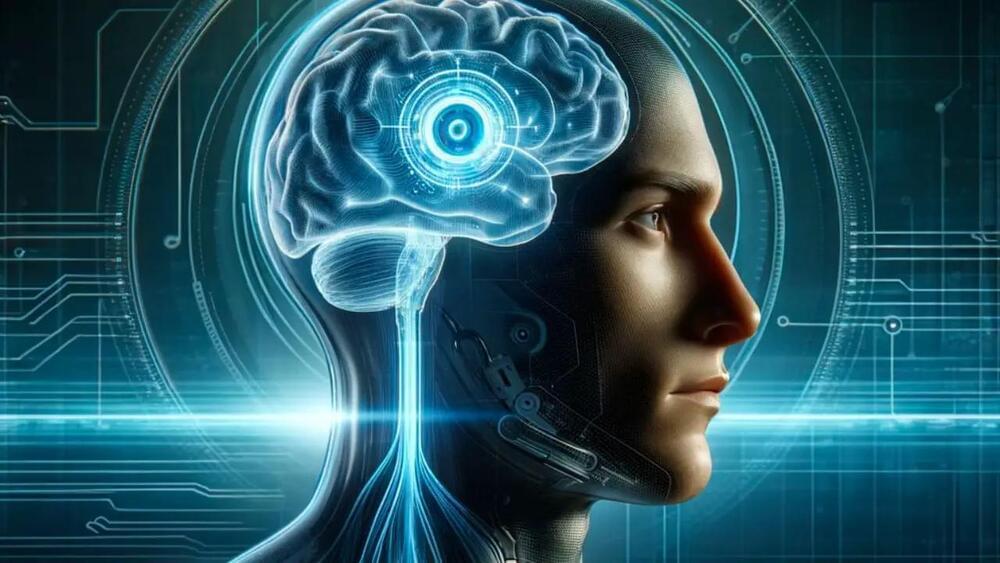
To try everything Brilliant has to offer—free—for a full 30 days, visit https://brilliant.org/Inkbox. The first 200 of you will get 20% off Brilliant’s annual premium subscription.
I designed my own 16-Bit Computer in Microsoft Excel without using Visual Basic scripts, plugins, or anything other than plain Excel. This system on a spreadsheet is based off of a custom Instruction Set Architecture that has a total of 23 instruction mnemonics and 26 opcodes.
The main design of the CPU is broken into a fetch unit, control unit, arithmetic logic unit, register file, PC unit, several multiplexers, a memory control unit, a 128KB RAM table, and a 128×128 16-color display.
Try it out down below:
https://github.com/InkboxSoftware/excelCPU
This video was sponsored by Brilliant.
computer chip by MITHUN T M from Noun Project.
Memory by Alvida from Noun project.
Calculator by Uswa KDT from Noun Project.